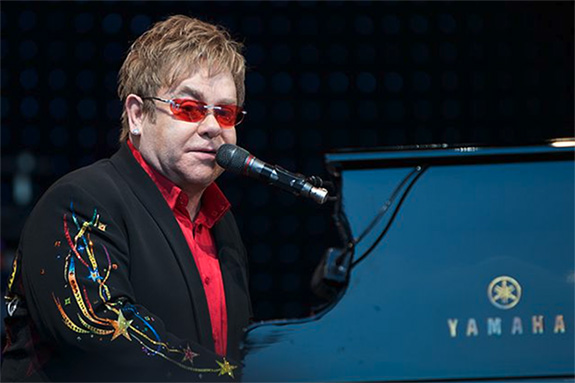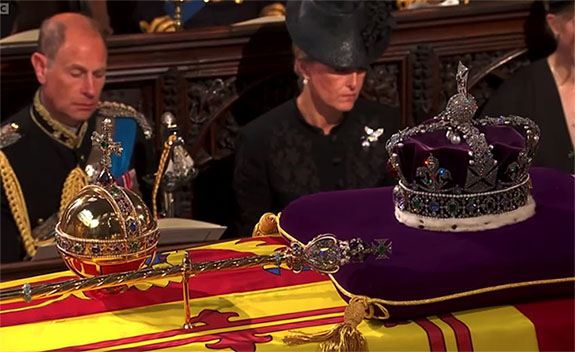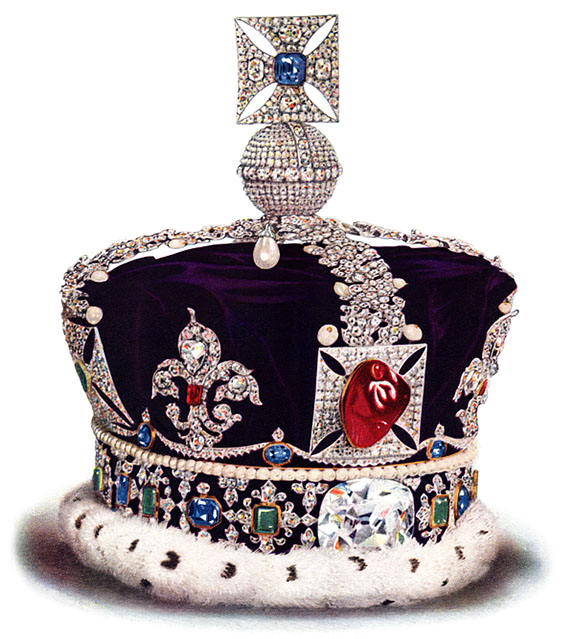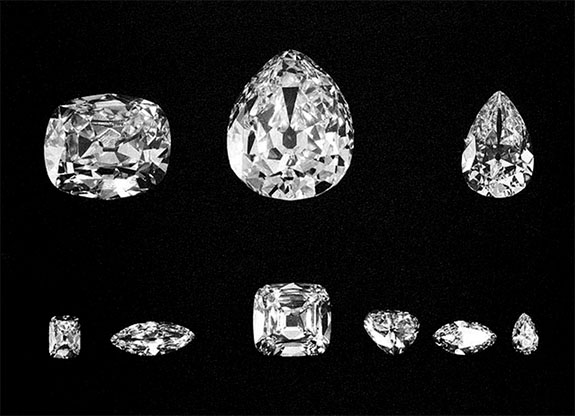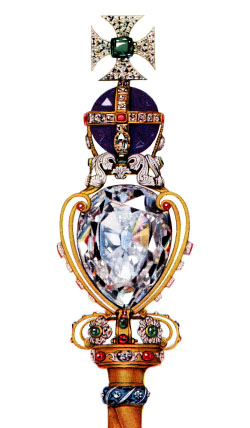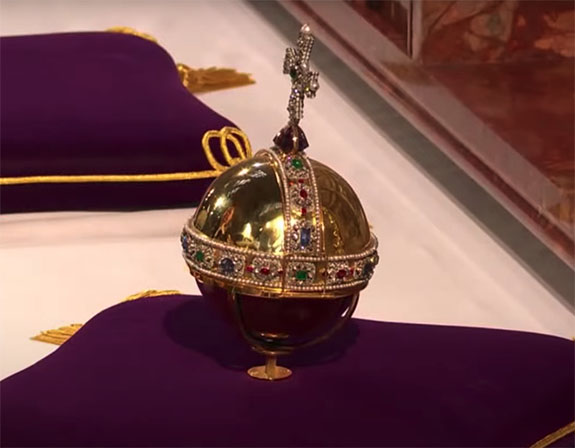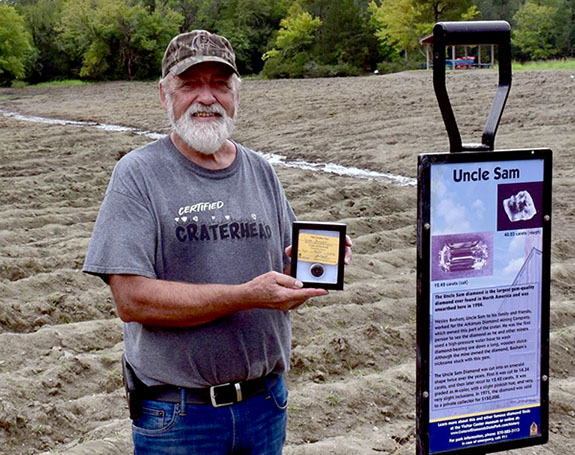Welcome to Music Friday, when we spotlight songs with jewelry, gemstones or precious metals in the title or lyrics. Today, Sir Elton John trades his simple country lifestyle for the glamor of the big city in "Honky Cat," one of his classic songs from 1972.
John portrays a young man who has been blinded by the city lights and has no intention of getting back to the woods. Meanwhile, his friends are calling him a fool.
They tell him, "Living in the city ain’t where it’s at / It’s like trying to find gold in a silver mine / It’s like trying to drink whiskey from a bottle of wine."
Interestingly, the words that John sings do not reflect his own point of view. John didn't grow up in the country. He was raised near London and loved the city life. Instead, the song likely reflects the experiences of lyricist and long-time creative partner, Bernie Taupin, who was born on a farm in Lincolnshire and preferred that environment.
“Honky Cat” is the first track on John’s fifth studio album, Honky Château, which reached #1 on Billboard 200 albums chart and was ranked one of the 500 Best Albums of All Time by Rolling Stone magazine. The single reached the Top 10 on Billboard‘s Hot 100 list. The album’s title refers to the location where it was recorded in early 1972, specifically Château d’Hérouville in Hérouville, France.
Born Reginald Kenneth Dwight in 1947, John got hooked on rock and roll when his mother brought home records by Elvis Presley and Bill Haley & His Comets in 1956. He learned to play piano and formed his first band, Bluesology, at the age of 15.
In 1967, John met Taupin by chance when both men responded to an advertisement seeking songwriters. At first, they wrote songs for other artists, but then decided go out on their own.
In a career that has spanned six decades, John has sold more than 300 million records. He and Taupin released 31 albums and are credited with more than 50 Top-40 hits. John was knighted by Queen Elizabeth II in 1998.
His single in honor of Princess Diana, “Candle in the Wind 1997,” sold 33 million copies worldwide and, at that time, ranked as the best-selling single in the history of the UK and US singles charts.
Please check out the video of John performing "Honky Cat" live at the Hammersmith Odeon in London on the day before Christmas in 1974. The lyrics are below if you'd like to sing along…
“Honky Cat”
Written by Bernie Taupin. Performed by Elton John.
When I look back boy I must have been green
Bopping in the country, fishing in a stream
Looking for an answer trying to find a sign
Until I saw your city lights honey I was blind
They said get back honky cat
Better get back to the woods
Well I quit those days and my redneck ways
And oh the change is gonna do me good
You better get back honky cat
Living in the city ain’t where it’s at
It’s like trying to find gold in a silver mine
It’s like trying to drink whiskey from a bottle of wine
Well I read some books and I read some magazines
About those high class ladies down in New Orleans
And all the folks back home well, said I was a fool
They said oh, believe in the Lord is the golden rule
They said get back honky cat
Better get back to the woods
Well I quit those days and my redneck ways
And oh the change is gonna do me good
They said get back honky cat
Better get back to the woods
Well I quit those days and my redneck ways
And oh the change is gonna do me good
They said stay at home boy, you gotta tend the farm
Living in the city son, is going to break your heart
But how can you stop, when your heart says no
How can you stay when your feet say go
You better get back honky cat
Better get back to the woods
Well I quit those days and my redneck ways
And oh the change is gonna do me good
You better get back honky cat
Living in the city ain’t where it’s at
It’s like trying to find gold in a silver mine
It’s like trying to drink whiskey from a bottle of wine
Get back honky cat, get back honky cat, get back, oh
Get back honky cat, get back honky cat, get back, oh
Get back honky cat, get back honky cat, get back, oh
Credit: Image by Ernst Vikne, CC BY-SA 2.0, via Wikimedia Commons.
